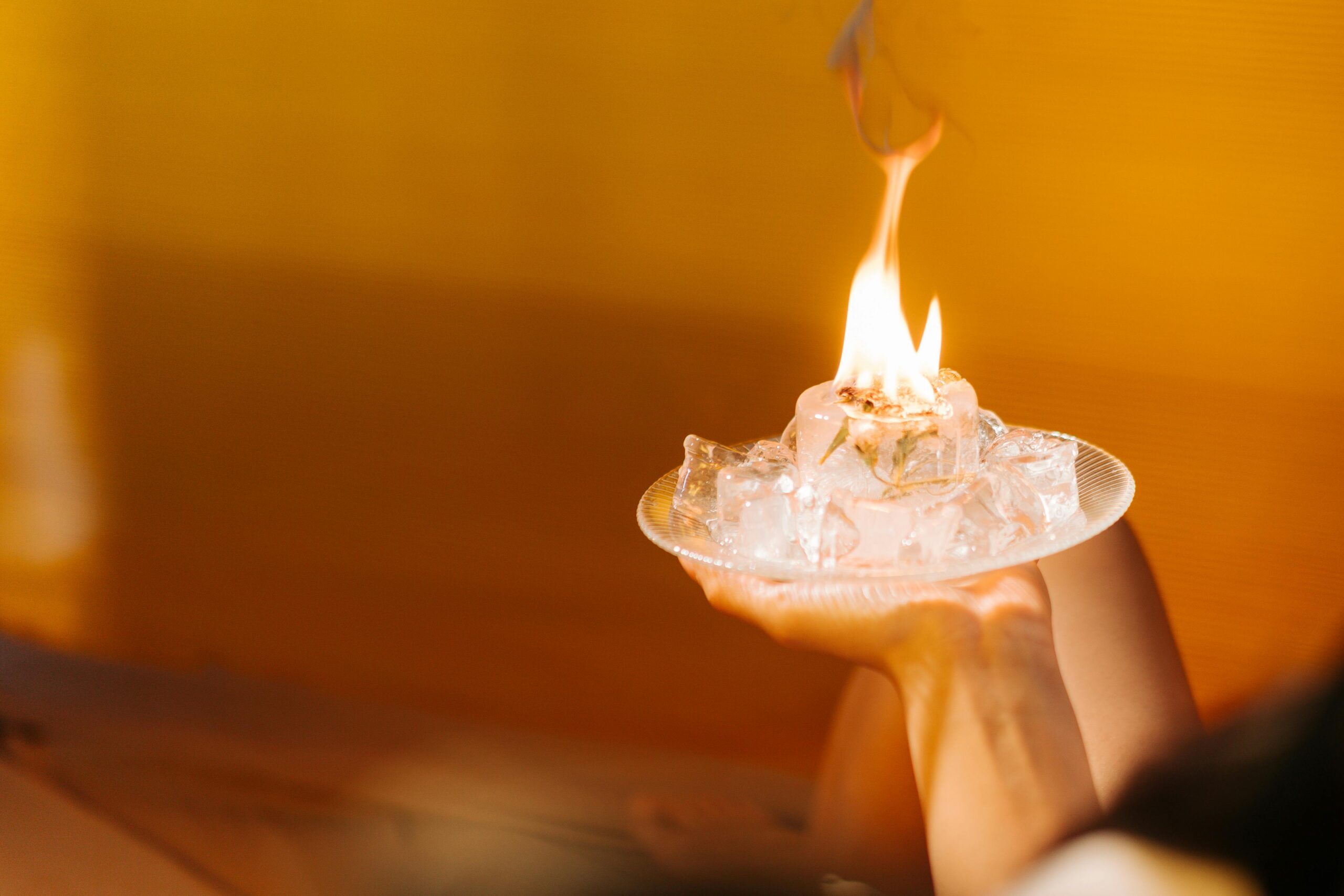
The Recovery Debate: Heat or Ice?
As an athlete, you push your body to its limits, breaking it down to build it stronger. But how you recover can be the difference between peak performance and injury. One of the most debated topics in sports recovery is hot and cold therapy. Which one is better? Are you icing too much? Should you be soaking in hot baths instead?
The truth is, both hot and cold therapy have their place—but only if you use them correctly. Misusing either can do more harm than good. It’s time to break down the myths and help you make informed choices for your recovery routine.
Cold Therapy: Friend or Foe?
The Science Behind Ice
Cold therapy, or cryotherapy, works by reducing blood flow to the treated area. This helps minimize swelling and inflammation after intense workouts or injuries. Whether it’s a bag of frozen peas or a fancy cryo-chamber, cold therapy has been a go-to for athletes for decades.
But here’s the catch: overusing ice can hinder the body’s natural healing process. Inflammation, while annoying, is part of how your body repairs itself. If you’re constantly icing every ache and pain, you might be slowing down recovery rather than speeding it up.
When to Use Cold Therapy
- Acute Injuries: Got a sprain or bruise? Ice is your best friend for the first 24-48 hours.
- Post-Game Swelling: After a particularly tough game or workout, a quick ice bath can reduce inflammation and get you ready for tomorrow.
- Mental Reset: Cold exposure has been linked to improved mental focus and stress reduction—so a quick cold shower could help you feel sharp.
Heat Therapy: More Than Just Comfort
The Science Behind Heat
Heat therapy increases blood flow, which helps relax muscles, soothe stiffness, and improve flexibility. It’s perfect for prepping your body before activity or easing sore muscles after you’ve let them cool down.
However, using heat too soon after an injury can increase swelling and delay recovery. Timing is everything.
When to Use Heat Therapy
- Pre-Workout Prep: A hot shower or heating pad can loosen tight muscles and improve mobility.
- Chronic Aches: For long-term issues like back pain or joint stiffness, heat can work wonders.
- Recovery Days: A hot bath with Epsom salts is not only soothing but also aids muscle relaxation and stress relief.
The Art of Combining Both
The secret to maximizing recovery? Knowing when to use hot and cold therapy together. This method, known as contrast therapy, alternates between heat and cold to boost circulation and reduce muscle soreness.
Here’s how to do it:
- Start with Heat: Use heat for 3-4 minutes to dilate blood vessels and promote blood flow.
- Switch to Cold: Follow with 1-2 minutes of cold to reduce inflammation and tighten blood vessels.
- Repeat the Cycle: Alternate for 15-20 minutes, ending with cold for optimal recovery.
5 Tips to Maximize Your Recovery
- Listen to Your Body: Your body tells you what it needs. If muscles feel tight, heat may help. If they’re swollen or inflamed, ice is likely the better choice.
- Set a Time Limit: Overdoing heat or cold therapy can cause damage. Stick to 15-20 minutes per session.
- Hydrate Before and After: Hot and cold exposure can dehydrate you. Drink plenty of water to stay balanced.
- Combine with Stretching: Follow up heat therapy with gentle stretches to improve flexibility and blood flow.
- Don’t Skip Rest Days: Recovery is about more than just heat or ice—it’s about giving your body time to rebuild.
Are We Overusing Recovery Therapies?
Here’s the unpopular truth: recovery isn’t about shortcuts. Ice baths and heating pads won’t replace the fundamentals—adequate sleep, balanced nutrition, and proper training techniques. Some experts even argue that athletes are leaning too heavily on recovery gimmicks instead of focusing on these basics.
Recovery tools should enhance your routine, not become it. So before you dive into the next trend, make sure your foundation is solid.
Recovery Meets Reflection
Recovery isn’t just physical—it’s mental too. While you’re taking care of your muscles, don’t forget to care for your mind. That’s where our Self-Care Journals for Athletes come in.
These journals help you track your recovery, set goals, and reflect on your journey—because peak performance starts with balance, both on and off the field.
